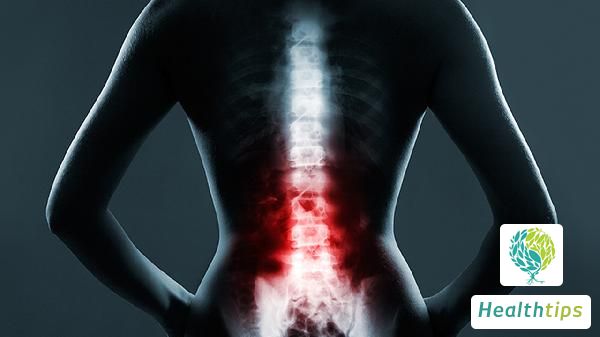"Why Does My Back Feel Like Its Broken in the Morning After Sleeping, Especially for Women?"
Women who wake up with severe lower back pain in the morning may be suffering from various conditions, including lumbar muscle strain, lumbar disc herniation, pelvic inflammatory disease, kidney stones, and lumbar spinal stenosis. A detailed analysis is as follows:

1. Lumbar Muscle Strain
Prolonged sitting, heavy physical labor, or incorrect posture can lead to fatigue and injury of the lumbar muscles. To alleviate this, avoid prolonged sitting or heavy lifting, maintain proper sitting and standing postures, perform manual massage or hot compresses to promote local blood circulation and relieve muscle tension. If necessary, anti-inflammatory and analgesic medications can be taken, but only under medical supervision.
2. Lumbar Disc Herniation
Degenerative changes in the lumbar intervertebral discs can cause the annulus fibrosus to rupture, allowing the nucleus pulposus to herniate and compress nerve roots. Conservative treatments include traction, acupuncture, massage, and other physical therapies. Oral营养神经 drugs such as Vitamin B1 and B12 may also be prescribed. In severe cases or when conservative treatments fail, surgical intervention may be considered.
3. Pelvic Inflammatory Disease
Inflammation in the pelvic region can cause referred pain in the lower back, particularly noticeable upon waking in the morning. Antibiotics such as Metronidazole and Levofloxacin Hydrochloride should be used as prescribed by a doctor. Maintaining personal hygiene, avoiding excessive fatigue, and boosting immunity are also recommended.
4. Kidney Stones
When kidney stones move, they can shift into the ureter, causing lower back pain. Depending on the size and location of the stones, treatments such as extracorporeal shock wave lithotripsy (ESWL) or ureteroscopic lithotripsy may be performed. Maintaining a healthy diet helps prevent stone recurrence.
5. Lumbar Spinal Stenosis
Narrowing of the lumbar spinal canal can compress nerve roots, leading to lower back pain. Conservative treatments include rest and physical therapy. In severe cases or when conservative treatments fail, surgical intervention may be necessary.
For each of these conditions, there are corresponding treatment methods. However, due to individual differences and varying severity of symptoms, treatment plans may differ from person to person. It is recommended that women experiencing these symptoms seek prompt medical attention for diagnosis and treatment from a doctor. Additionally, maintaining good lifestyle habits and exercise routines can help prevent the occurrence of lower back pain.



















